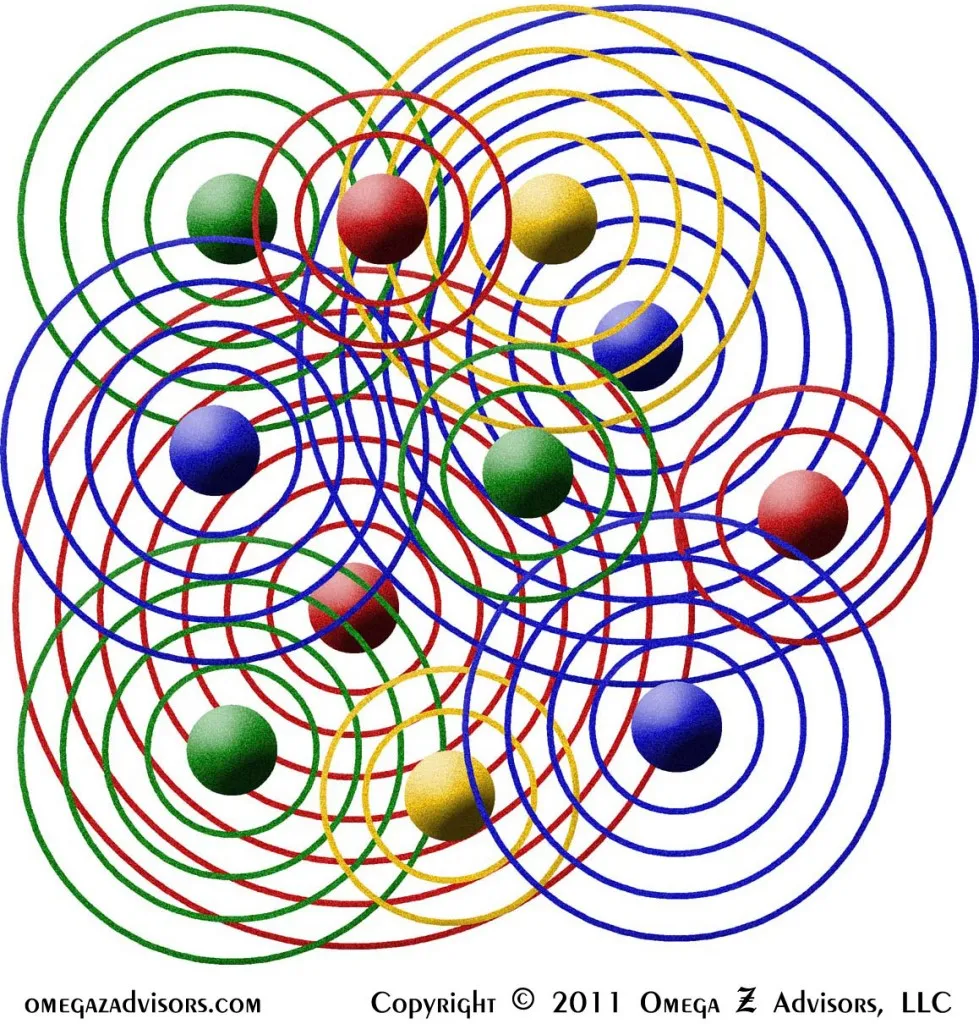Leadership vs. Management: The Difference (Part II)
- Leadership versus Management and Their Difference
- Leadership vs. Management: The Difference (Part II)
- Leadership vs. Management: The Difference (Part III)
- Leadership vs. Management: The Difference (Part IV)
- Leadership vs. Management: The Difference (Part V)
- Aligned Leadership And The Leadership vs Management Debate
- Key To Telling Leaders And Managers Apart In Any Workplace
I continue to receive a steady stream of visits to my original post on this topic, so here’s a follow up. As I mentioned previously management is to leadership what a house is to home. Developing the relational aspects of leadership will further help to define this difference. Let’s begin by looking at two broad types of power in an organization: formal and informal.
The first is the authority given to each job function by the organization as represented by the organizational chart (Figure 1). A job’s title, position in the hierarchy and stated responsibilities give this authority. Thus, people will listen and accept another simply because those are the rules.
The second is the personal influence each person exerts on every other person (Figure 2). In business, we frequently see this as someone having a particular expertise, experience, personality or quality that encourages members to listen and accept him.
Therefore, while formal power remains the same no matter who has that job (unless the organization changes the rules), informal power varies depending upon the person who is in that job. Often we perceive this as credibility: How much credibility does a person have in the performance of that job?
Management is more about the use of formal power and leadership informal power. Formal power relies upon organizational structure just as a house is a structure. Informal power relies upon personal influence just as a home’s ambiance influences us. Just as two houses can have the same structure but feel differently as homes, two people can have the same jobs but the influence they exert upon others will have a different feel.
In simple terms, management is about using authority well; leadership is about using personal influence well. The latter makes an organization . . . a team.




How can I correct within myself extreme irritation when workers have shown no common sense? This isn’t about procedures or routines that are taught. This is about daily tasks we all have a hand in and how some people go about them in the most idiotic ways imaginable. Ways that truly make you stand there shaking your head and thinking, “Really??” I can tell that not too far from now I will be looked at to be more in a management role but need to find a way to deal with this type of irritation I feel toward asinine stupidity. Any suggestions?
Yvonne, there are many suggestions depending upon specific persons. Too many variables are at play and unknown in your situation to have much confidence in any recommendation. I do know that if you’re going to be called upon to change anything, you will need to have a good relationship with every one of those folks. Also, keep in mind that even the best CEO fails to turn around a bad situation. We all have limits. In the end, it’s just important that you can leave, look in the mirror and say you did your best.